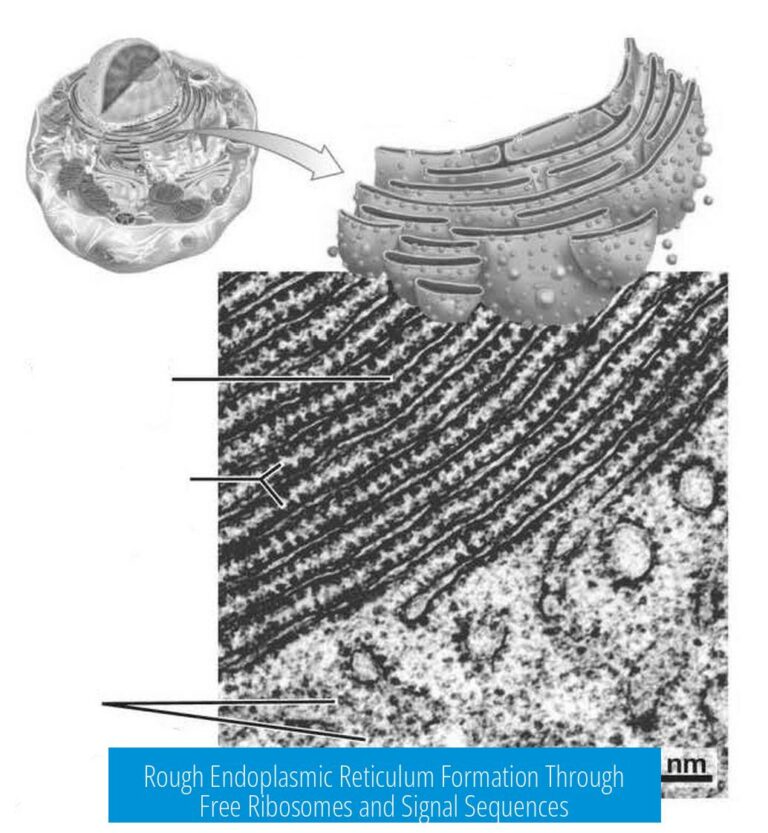Do Two Metals Form a Bond?
Yes, two metals can form bonds. This happens both in bulk metal materials through metallic bonds and at the molecular level with direct covalent metal-metal bonds. Understanding these bonds clarifies how metals combine in alloys and form unique molecular compounds.
Metallic Bonding in Bulk Metals and Alloys
At the macroscopic scale, metals bond via metallic bonding. In this model, metal atoms exist in a lattice of positive ions surrounded by a “sea of electrons”. These delocalized electrons move freely among nuclei, which holds the metal together.
When two metals mix to form an alloy, the metal atoms either replace atoms of the other metal or fit into the spaces between them. The electrons remain delocalized across the combined structure. This free electron movement stabilizes the joined metals.
- Metal atoms create a crystalline lattice.
- Electrons are shared and delocalized over atoms.
- Alloys form by substitution or interstitial mixing of metal atoms.
This metallic bonding explains the conductivity, malleability, and strength of metals and their alloys.
Energy in Metallic Bond Formation
Bond formation requires a drop in energy, creating a stable system. When two metals join, the combined system lowers its energy due to delocalized electrons stabilizing the lattice. To separate the metals, energy must be added.
This energy drop is not due to individual atom pairs bonding but results from the collective behavior of many atoms and electrons. The electrons flow freely across both metal species, extending the conductive and bonding properties.
Atomic Mobility and Entropy
In alloys, metal atoms can migrate within the lattice, especially at higher temperatures. This atomic mobility increases entropy, contributing to the overall thermodynamic stability of the alloy. The mixture becomes energetically favorable not only due to bonding but also because of increased disorder.
Direct Metal-Metal Covalent Bonds in Molecules
Beyond bulk bonding, discrete small molecules exhibit direct metal-metal bonds with covalent character. Organometallic chemistry provides many examples.
- Some molecules contain two identical metals bonded directly, such as tantalum or chromium dimers.
- Others show heterometallic bonds between different metals, for example cobalt-magnesium complexes.
These molecules display metal atoms sharing electron pairs directly, similar to covalent bonds seen in non-metal chemistry.
Examples in Organometallic Chemistry
Examples include compounds where two transition metal centers bond covalently, influencing reactivity and catalytic behavior. These metal-metal bonds can be single, double, or even quadruple bonds, depending on the metals and ligands involved.
Summary of Metal-Metal Bonding
| Bond Type | Scale | Nature of Bond | Examples | Key Features |
|---|---|---|---|---|
| Metallic Bonding | Bulk metal/alloys | Delocalized electrons in lattice | Aluminum alloy, steel | Electron sea, conductivity, atomic substitution/interstitial alloying |
| Covalent Metal-Metal Bonds | Molecular scale | Direct sharing of electrons between metal atoms | Tantalum dimers, cobalt-magnesium complexes | Discrete molecules, variable bond order, specialized chemistry |
Further Considerations
Energy and entropy factors play central roles in bonding behavior. The metallic bond relies on collective electron behavior rather than pairwise bonds. In contrast, molecular metal-metal bonds resemble classical covalent bonds.
Studying these bonds deepens understanding in materials science and organometallic chemistry. It informs alloy design, catalysis, and novel compound development.
Key Takeaways
- Two metals form bonds through metallic bonding in bulk and covalent bonds in molecules.
- Metallic bonds feature a sea of delocalized electrons holding atoms in a lattice.
- Alloys form when metals mix at the atomic level, altering lattice structure.
- Molecular metal-metal bonds occur in organometallic complexes with direct electron sharing.
- Bond formation reduces system energy and thermodynamic stability arises from bonding and entropy.
Do two metals bond when mixed as alloys?
Yes. In alloys, metal atoms share electrons in a “sea of electrons.” Atoms may replace others or fill spaces between them. This creates metallic bonds that hold the mixture together.
Can two metal atoms form direct covalent bonds?
Yes. Certain small molecules contain direct metal-metal covalent bonds. Examples exist in organometallic chemistry, such as compounds with tantalum or chromium atoms bonded directly.
What causes metals to form bonds energetically?
Bonds form when atoms lower their total energy by coming together. In metals, free electrons delocalize across atoms, which reduces energy and stabilizes the bond.
Do metal atoms move around in bonded metallic mixtures?
At higher temperatures, metal atoms can migrate between positions. This movement increases entropy, which affects the stability and properties of bonded metals.





Leave a Comment